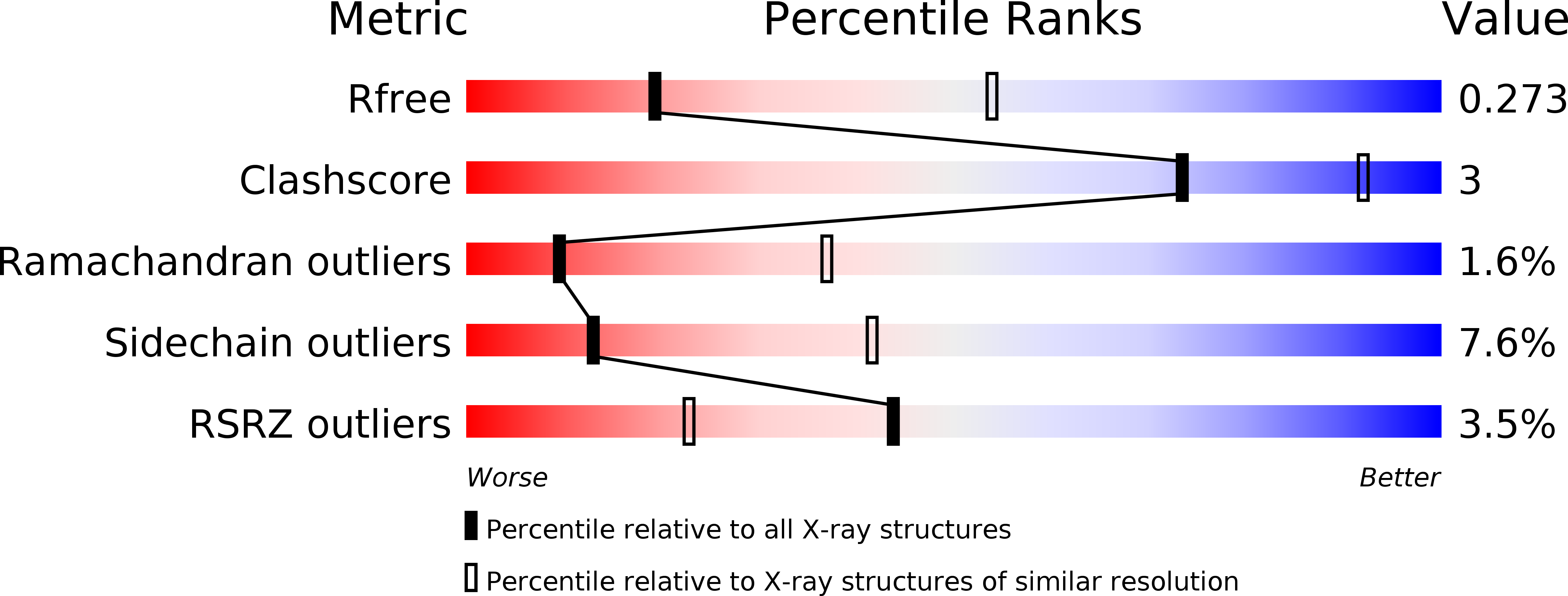
Deposition Date
2005-02-04
Release Date
2006-06-20
Last Version Date
2024-10-23
Entry Detail
PDB ID:
1YRP
Keywords:
Title:
Catalytic domain of human ZIP kinase phosphorylated at Thr265
Biological Source:
Source Organism:
Homo sapiens (Taxon ID: 9606)
Host Organism:
Method Details:
Experimental Method:
Resolution:
3.10 Å
R-Value Free:
0.26
R-Value Work:
0.24
R-Value Observed:
0.24
Space Group:
P 1 21 1


